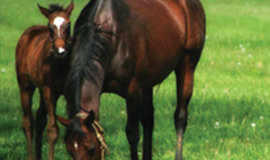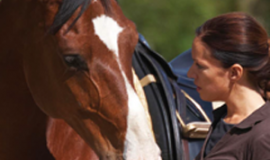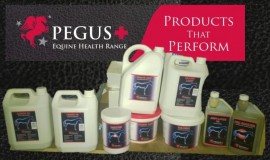Pasture grasses produce fructans as a storage carbohydrate. As the horse cannot digest the fructans enzymatically in the small intestine, they are digested by the microbes in the hind-gut, leading to production of volatile fatty acids and lactate. Increased lactate concentration lowers pH and alters the balance between the different strains of gut microbes. High intake of fructans can therefore lead to severe conditions as colic and laminitis in horses.
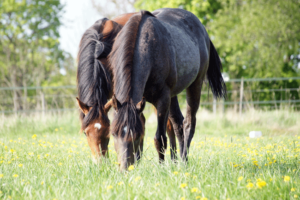
What are fructans?
Fructans consist of fructose units that are linked together. The chain length can vary from less than 30 to more than 200. Short-chain fructans have a sweet taste while the long-chain fructans have a more neutral taste. Cool season grasses produce fructans as a storage carbohydrate in the same way as other plants produce starch as a storage carbohydrate. The highest concentration of fructan in grasses is found in the lower part of the stem and in the leave sheaths, and lower concentration in the leaves.
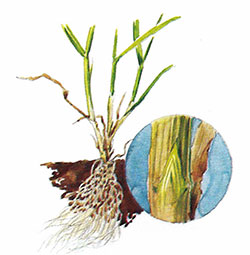
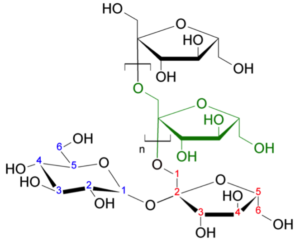
Fructans are produced during daytime through photosynthesis, and levels of production are highest on warm sunny days. During night-time, without photosynthesis, the plants use the stored fructans for growth and for energy.
Variations in fructan content.
Different grass species vary in their fructan content. Tall fescue (Festuca arundinacea) and Perennnial ryegrass (Lolium perenne) are normally higher in fructans, while Kentucky bluegrass (Poa pratensis), Timothy (Phleum pratense), Orchard grass (Dactylis glomerata) and Meadow fescue (Festuca pratensis) are lower in fructans. There may also be large variations in fructan content between cultivars within some species (Perennial ryegrass and Tall fescue).
During summer, grasses grow and accumulate fructans during the daytime. Grasses can also grow at night, in temperatures higher than 6oC. However, since no photosynthesis is available at night, the grasses uses the stored fructans for energy. Under these conditions, the concentration of fructans builds up during the day, being highest in the afternoon, and is lowest in the morning.
It is also important that pasture grasses have the conditions that stimulate growth. Proper fertilization and adequate supplies of water increase plant growth and hence the utilization of fructans during the night.
In early spring and late fall, temperatures can be low at night and the grasses can stop growing. This means that no fructans are utilized during night-time and fructan content can remain high for the morning.
General recommendations
Horses are subject to digestive upsets associated with the start of the grazing season. To minimize the risk of colic and laminitis, be sure to let them adapt gradually to the pasture grass. It is also recommended to not allow them to graze too hard, as it is the lower parts of the plant stem that have the highest concentration of fructans.
Sensitive horses should be grazed at times when the fructan concentration is lowest. They can also be muzzled to help restrict grass intake. Most normal horses will have few problems with fructans as long as they are allowed sufficient time to adapt to grazing conditions. However, ponies seem to be especially sensitive and grazing, for them, should be restricted. This is not only because of fructans, but also their tendency to grow very fat during summer grazing.







